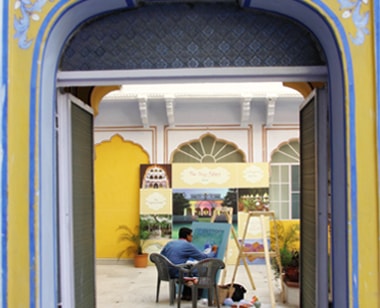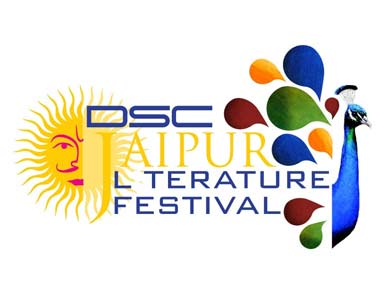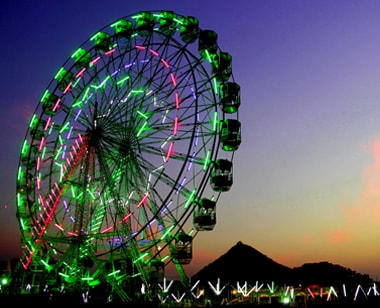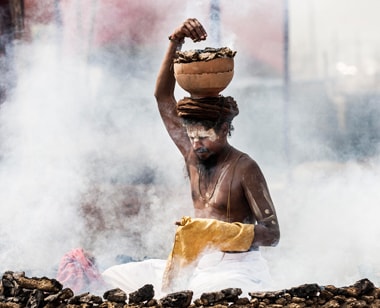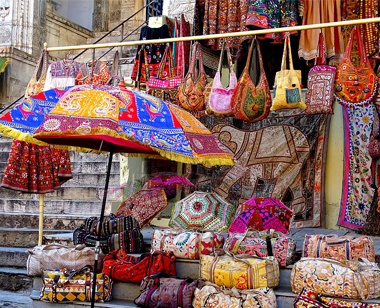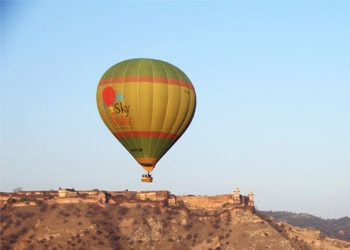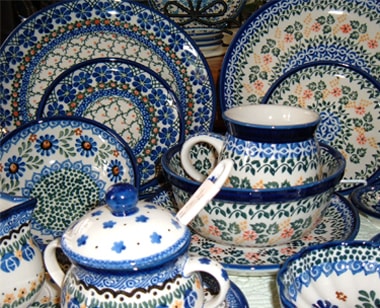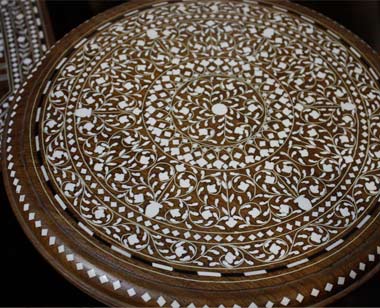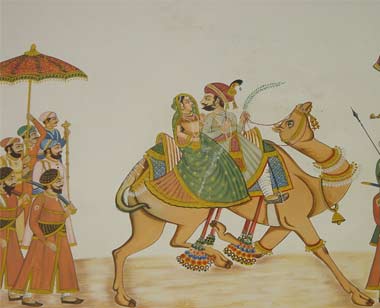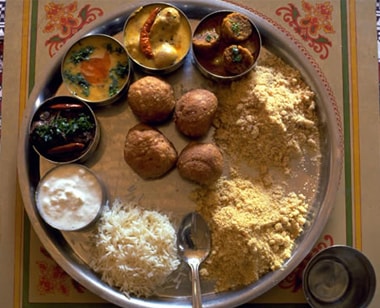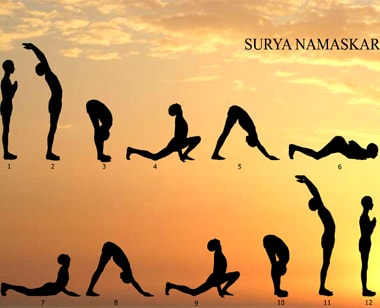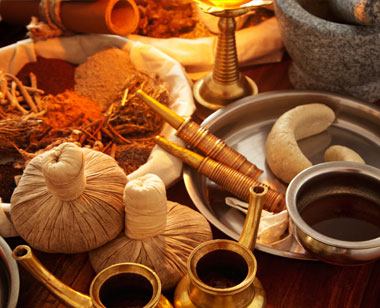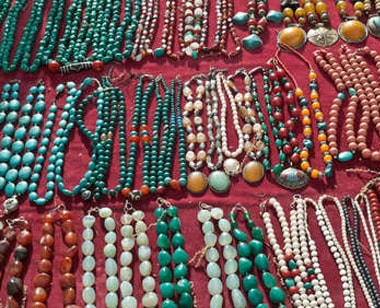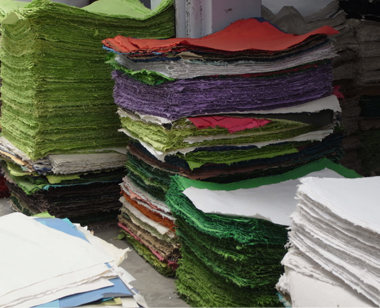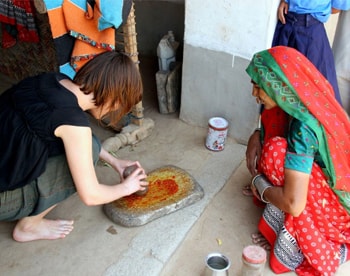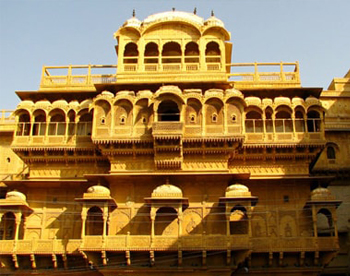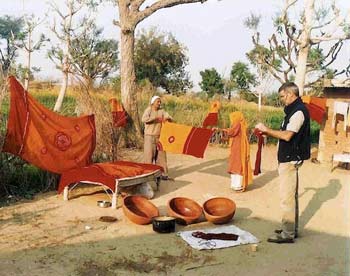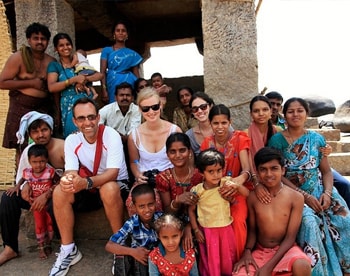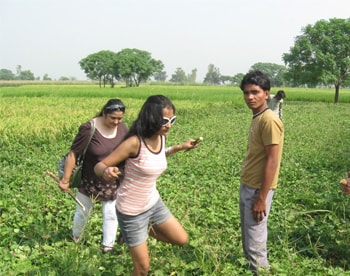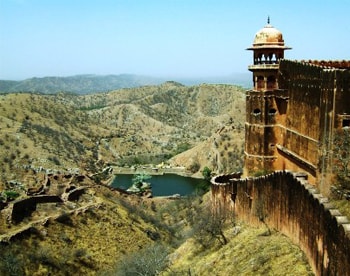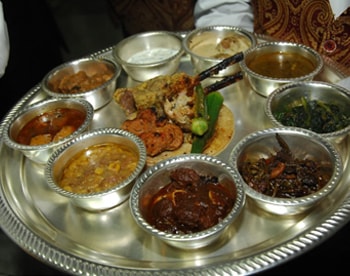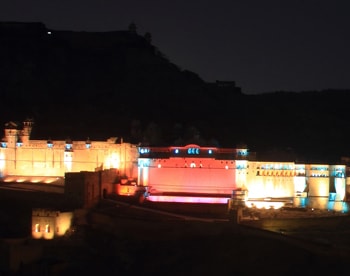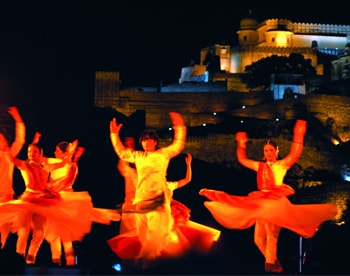Tonk is a beautiful city in the State Rajasthan of India. The main occupation of the people in this region is animal husbandry and agriculture. Tonk has a very old history and is said to have connections with Bairath culture and civilization. This historic city formed a part of Harsha Vardhan’s empire during which the Chinese traveler Fa-Hien visited India.
Tonk
In the 2011 Indian census,[1] Tonk had a population of 165,363, in which males constitute 52% of the population and females 48%. 14% of the population of the town of Tonk is under the age of six. Tonk has an average literacy rate of 69.47%. The male literacy rate is 78.7%, and the female literacy rate is 59.85%. During the regime of Nawabs, all the natives were invited to an Islamic function of Miladdunabi without caste, color and creed, which was organised by the ruling Nawabs for a period of seven days in the month of Rabiul Awwal, collectively with all zeal in Tonk. It is important to mention here that the first founding ruler of Tonk was Nawab Mohammed Amir Khan. It is known as Samwad Lakshya in the Mahabharat period. In the regime of Mouryas, it was under the Mouryas and then it was merged into Malvas. Most of the part was under Harsh Vardhan. As per Hevan Sang, tourist of China, it was under Bairath State. In the regime of Rajputs, the parts of this state were under Chavras, Solankis, Kachvahs, Sisodiyas and Chouhans. Later, it was under the regime of King Holkar and Sindhia. In 1806, Amir Khan conquered it, taking it from Balvant Rao Holkar. Subsequently, the British government took it from Amir Khan. Under the treaty of 1817, the British government returned it to Amir Khan. Tonk was founded in 1818 by an Afghan military leader who was granted land by the ruler of Indore.
Sunehri Kothi
(Golded , Mansion) is one of the best buildings. The exieriors are quits simple in contrast with the richly decorated with stained glass mirrors stucco, gilt and the polished gloors There are many mansions and painted mosques in the town The Nawabs of Tonk had Keen interest. In art ond literoature. They were ardent book lovers and collectors. Which resulted in a rich collection of rare and magnificent manuscripts and books in Arabic and Persian During the nineteenth and early parts of this century. A few years back the Aradic and Persian Research institute had been established here .
The city has enormous interesting destinations like Hadi Rani Ki Baori, Raja Rai Singh’s Mahal, Isar Baori and tourists can visit the ancient temples of Kalyanji, Raghoraiji, Gopinathji, Govind Deoji. Other most prominent temples in the city include the Nagarfort temple, Jodhpuriya, Doonija Mandir, Jal Devi Mandir, Jain temples, Badri Nath temple, Ram Krishan Mandir etc.
The main attraction of Tonk is the 19th century Sunehri Kothi or the Golden Mansion, situated near Bada Kuan on Najar Bagh Road. The building seems to be rugged and ordinary from its exteriors but once you have a glimpse of its royal golden colored interiors, it will be confirmed that the mansion is aptly named. Sheesh Mahal, or the glass hall of Sunehri Kothi, will leave you spellbound with the amazing glass and floral work along with exquisite samples of ‘Meenakari’ work. Government of Rajasthan has declared it as a Historical Place and restoration work is on its upswing.
Annapurna Ganesh
Annapurna Ganesh temple is located at Nawabon ki Nagri tonk . This temple is beauriful temple. The city has another major tourist place called Toda Raisingh. It is an ancient town which is archaeologically quite important and is one of the most beautiful ancient towns. During the 15th and 16th century the Toda Raisingh was the capital of the Solanki Rajputs. It got its name from Rail Singh Sisodia who was the Mughal Mansabdar of this region. The Toda Raisingh town has a number of interesting destinations like the Hadi Rani Ki Baori, Raja Rai Singh’s Mahal, Isar Baori, and tourists can visit the ancient temples of Kalyanji, Raghoraiji, Gopinathji, Govind Deoji.
Other most prominent temples in the city include the Nagarfort temple – the tapobhumi of Rishi Mandav, Jodhpuriya, Doonija Mandir, Jal Devi Mandir, Jain temples, Badri Nath temple, Ram Krishan Mandir, Kankali Mata Mandir, Annapurna Ganesh Mandir, Antariya Balaji Mandir, Mansha Purna Bhuteshwar Mahadev Mandir, Jain Nasiya, Mahadevali shiv Mandir, Nasiya Balaji Mandir, Jama Masjid and Swami Hundal Ram Mandir of Sindi community.
Arabic and Persian Research Institute
Those who are on a lookout for ancient Persian and Arabic manuscripts, it is the place to be. The Arabian and Persian Institute houses some of the oldest collection of books and manuscripts in Persian and Arabic, which were studies by the Nawabs. These manuscripts date back to the 12th century.
Bilaspur
Bilaspur is located 70 km from Tonk where one can visit the beautiful dam and the Lord Gokarneswar Temple. According to legends, Ravana, the ruler of Lanka meditated here. The Aravalli Mountain Ranges get split up here by the Banas River.
Eid-gah Kothi
Kothi is “Hindi” word which means a huge mansion. It has mesmerising architecture and sculptures.
Hathi Bhata
A stunning piece of craftsmanship, Hathi Bhata is an elephant structure crafted out of a single rock. This brilliant structure is a creation of the 12th century, as is known from the date engraved on the elephant’s right ear. You have to travel 22 km from Tonk on the Ranthambore Road to get to this ancient marvel.
Historical Ghanta Ghar
This was constructed by Mohd. Sadat Ali Khan, Nawab of Tonk in 1937. As per the local history, in 1936, public suffered from the discease HAIZA. Nawab Sadat Ali Khan, 5th Nawab of Tonk distrubuted medicines house to house personally. Public appreciated this and presented money to him. He constructed this monument with the amount.
Jama Masjid (Mosque) Tonk
Another spectacular edifice of Tonk is Jama Masjid, one of the biggest mosques of India. The first Nawab of Tonk, Nawab Amir Khan is credited to commence the mosque’s construction work in 1246, which was given its final shape by Nawab Wzirudhoula in 1298. You will be reminded of the Mughal monuments as soon as you see its gigantic entrance gateways. Its interiors are also exquisitely decorated with colored glass, inlay work and floral patterns along with gold decorations.
Kalpvriksh
Kalpvriksh is a big tree situated in Balunda village of Deoli Taluk in Tonk District. During the month of Kartik, pilgrims come here in great numbers from all over India to seek blessings at the foot of this tree.
Lord Devnarayan Temple Jodhpuriya
Shri Devnarayan, a Gurjar medieval hero from Rajasthan is worshipped as a folk deity. He is believed as an avatar of Vishnu. According to tradition he was born to Sri Savai Bhoj and Sadu mata Gurjari. On the seventh day of the bright half (shukla saptami) of the month of Maagh in the Hindu Calendar in Vikram Samvat.
Rajmahal
This Palace is located on the banks of the Banas River where one can enjoy boating at the confluence of three rivers – Banas, Khari and Dai. Tourists from all over Indian and abroad are attracted by the beauty of the place. It is one of the highlights of tourism in Tonk.
Rasiya Ke Tekri
Appointed by raja holkar, as a governer of this place Shri Ambaji Maharaj, a schooler ,known for composing love songs , renovated Rasia Ki Tekri in 1859. As per the local history, one Kayasth lover used to sit here and always sing love songs. On account of this romance (rasiya), this monument is called by the name of ‘RASIYA KE TEKRI’.
Shivaji Garden
It is situated in Bhagat Singh Colony, Newai Town about 30 Kms from Tonk Hq. It is located on the National Highway, 70 kms far from Jaipur. Its area is around 16 Bighas and constructed cost is approximately 1 Crore. Its map is designed like Maisoor Gardens and Hiran Magari Park. Musical fountains are arranged in this garden. Swimming Pool for children also there.
Shri Kalyan Ji Mandir Diggi
This temple is situated in the village of Diggi about 75 km from Jaipur and is famous for the statue of Lord Anirudh. The temple has the famous Pratihar type of architecture which was famous during the 9th and the 10th Century AD.
Other Places
Mandaka la (Nagarfort), Dadabadi Temple, Doonija Temple, Jal devi Temple, Badri Nath Temple, Jain Temples etc
 +919828167660, +919414075013
+919828167660, +919414075013

